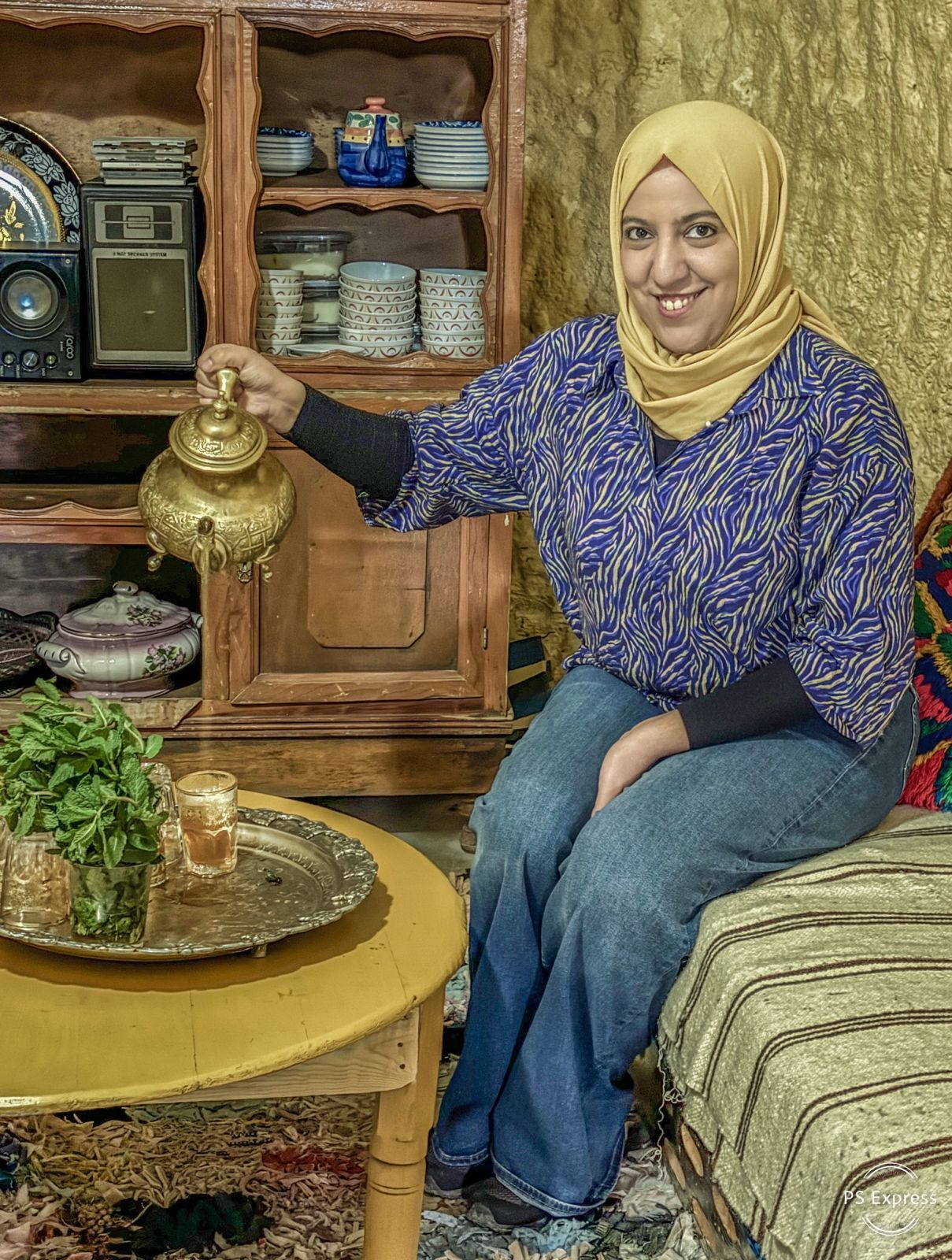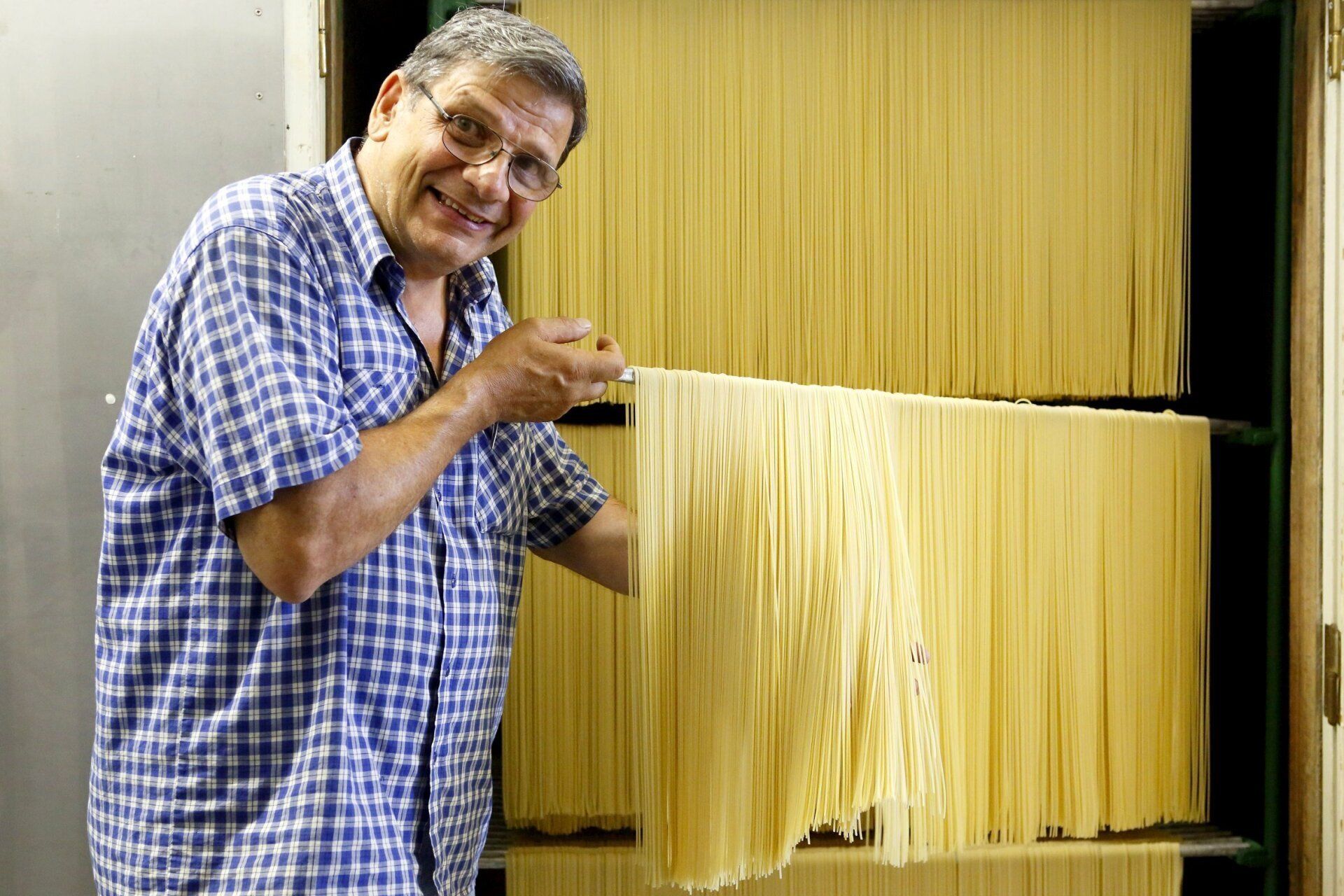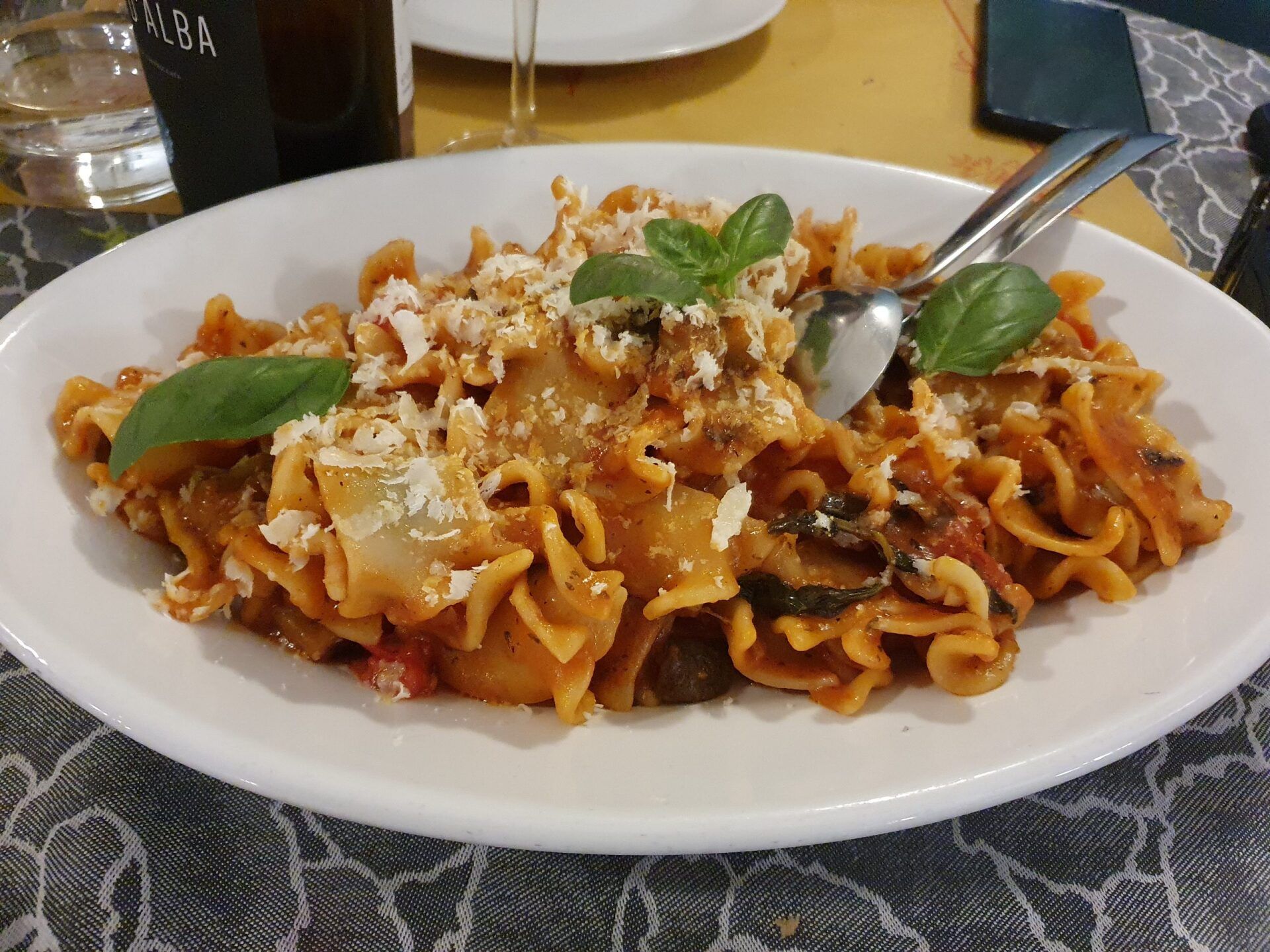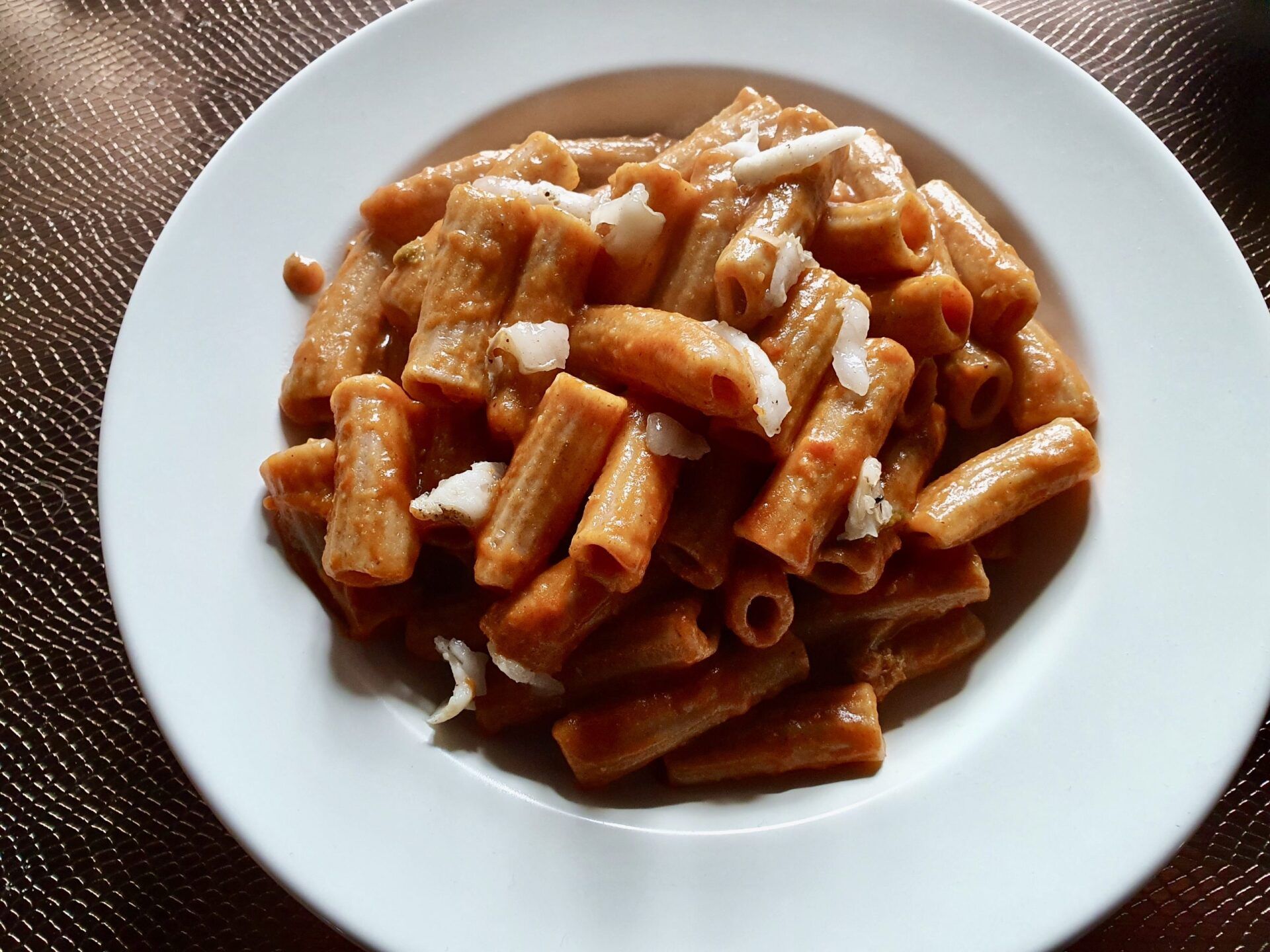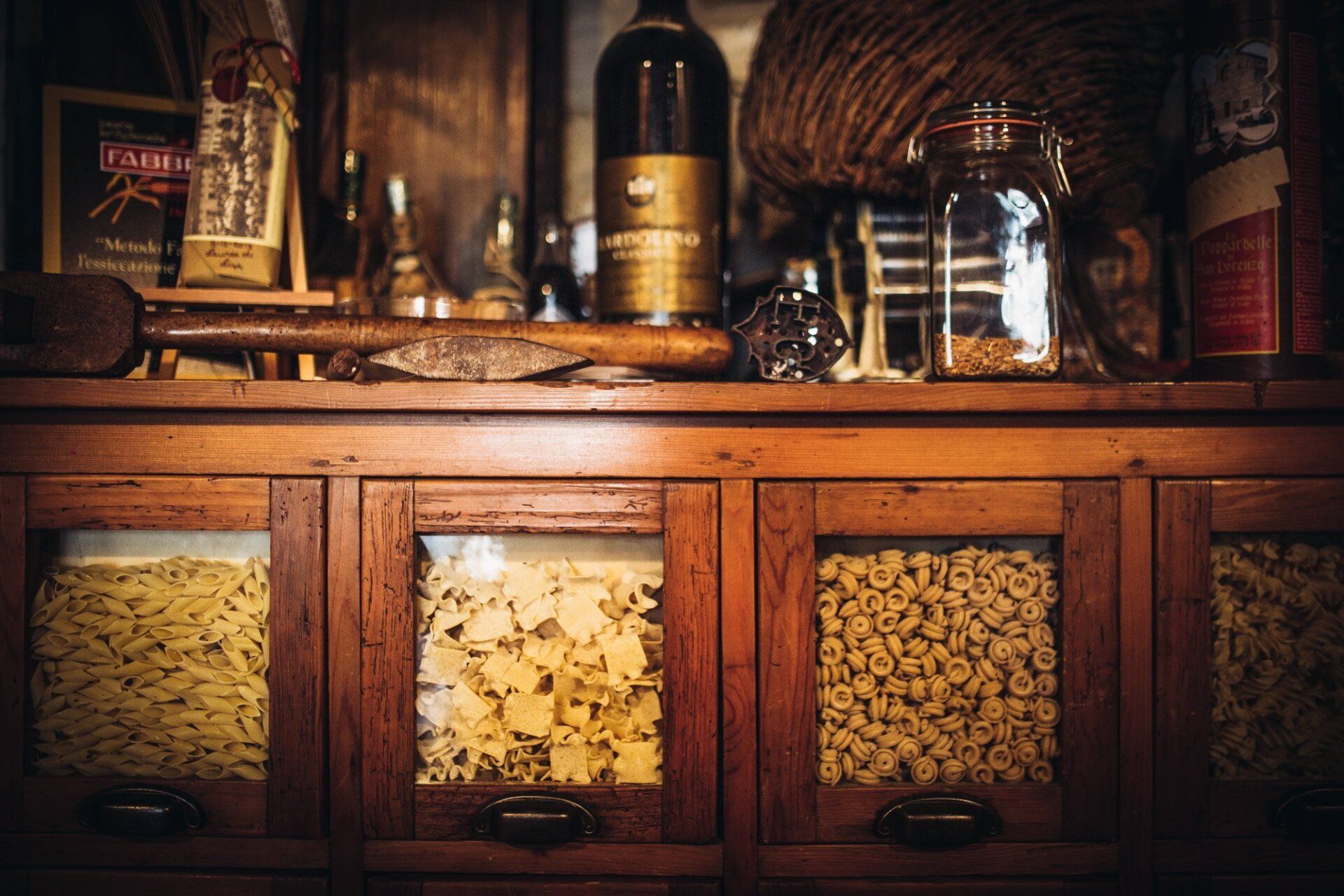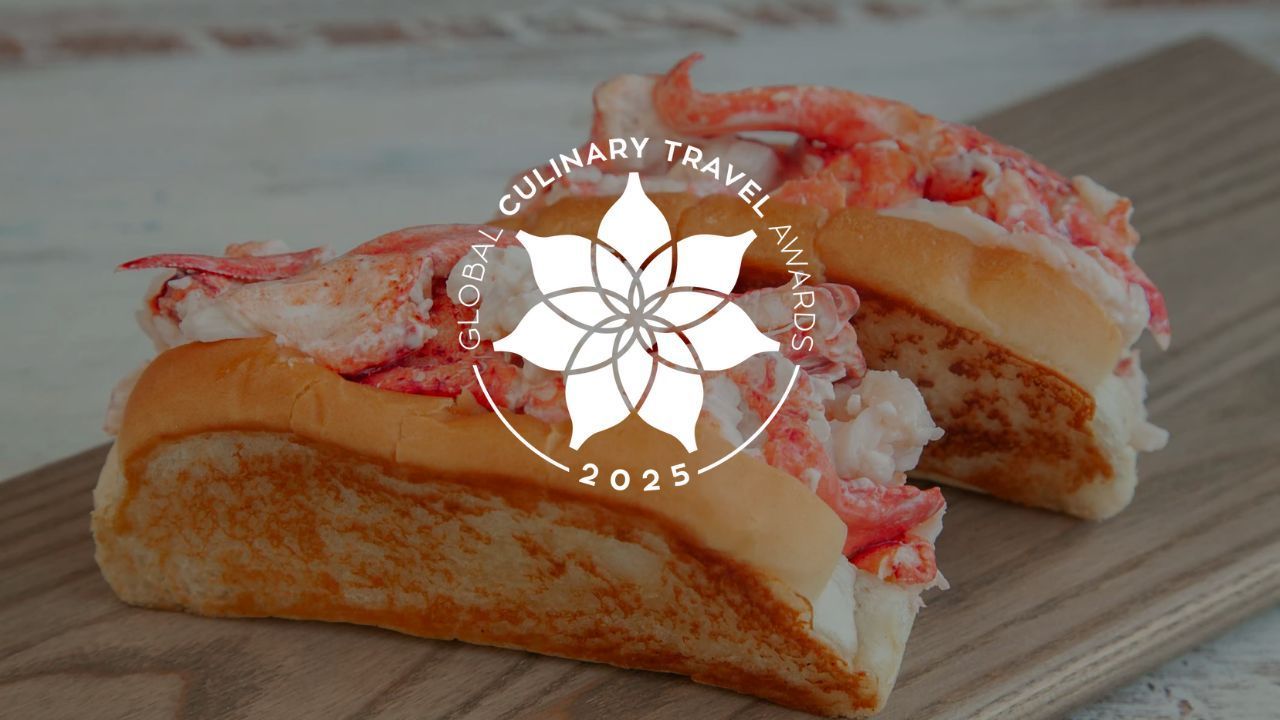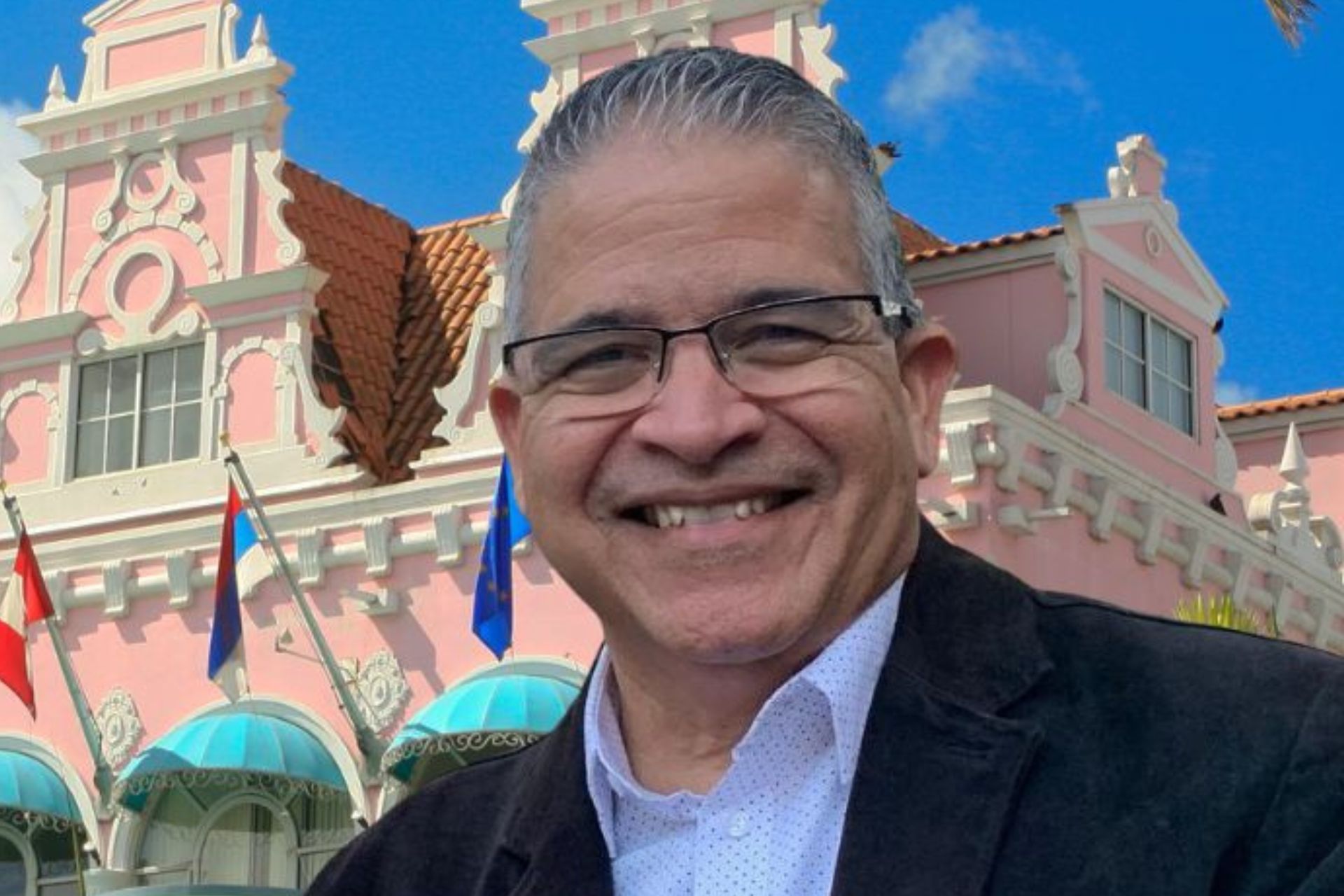Food Artisans: Fam. Fabbri, 5th Generation Pasta Advocates in Tuscany
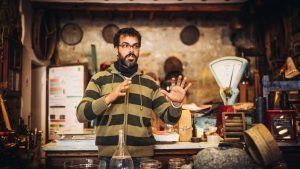
Authored by: Livio Colapinto, Zest of Italy
Growing up I have tried dozens of pasta brands, for my family’s sake mostly from Abruzzo, Campania, and Puglia but in the last decade, after a startling increase of sensitivity to dry pasta, I entered the fray and started visiting factories at any latitude across Italy to crack the case.
5 years ago I stumbled upon Pastificio Fabbri of Greve in Chianti, Tuscany, 5 generations in the trade and a lifelong focus on gluten content quality, rather than quantity, and on unrefined semolina that gives nourishment in fibers, polyphenols, and vitamins.
What strikes me the most of Fabbri is that they can make pasta with any kind of wheat – especially easy to digest and intolerance-free old varieties – as long as they are sourced from small millers and farmers. Simple conditions for a big impact on what is at stake, the healthiness of Italy’s #1 staple.
This is an extract from a short interview I had with Marco Fabbri in the last days.
Livio: Marco, let’s jump straight to the core of the issue here, what should we look for on a label to be sure of buying good pasta?
Marco: I do find pasta labels being misleading – I could say worthless – as they provide very generic and irrelevant information with regards to the actual quality of the pasta. Made in Italy, bronze dies extrusion and low temperature are common arguments that set the bar at a very low level and leave room for improper assumptions. For instance, made in Italy does not mean that the wheat or the production process is Italian but simply that the last steps, i.e. packaging, took place in the country. As per the use of bronze dies, this is not synonym of quality per se. If I use awful flours the pasta will not become good simply because I used bronze during extrusion.
L: What about the last point, the drying at low temperatures?
M: This makes me laugh and upset at the same time. There’s no industry benchmark for what low temperature means or should be. It’s left to subjective and opportunistic decisions and even worse it’s unknown to consumers. Luca Gargano of Velier conducted a scientific study on premium quality Italian pasta artisans to find out we are the only one standing for what we claim.
L: What do you mean exactly?
M: Some pasta makers declare drying at low-temp, for 5 or more days but when monitored by a food technologist none of this adds up. In a testing laboratory it’s easy to spot who is working below the thermal damage oxidative temp, 40°C – with loss of di oligo-elements, flavonoids, polyphenols – or lower than the Maillard reaction aka the caramelization of sugars, ca 50°C. For steaks, dumplings or bread Maillard provides a distinctive flavor but drying pasta above this threshold implies starch gelatinization, which in our plates makes the pasta indigestible and the gluten unabsorbed. Ultimately wheat is debased to something that does not exist in nature.
L: All this implied is there then any evidence that Italian pasta is superior?
M: Not one. With high-quality wheat, justly mineralized water, and a proper production cycle that controls both air temperature, humidity, and bacterial content we could do pasta on the moon. One could save the ancient know-how of Italian pastai, their art of drying, and above all their view of the pasta value chain. For my father and our ancestors, the farmer and the miller were equally important as our job in the factory could not fix problems originated in the fields or stressed flours burnt in the milling.
L: Artisans aside what is your opinion about Italian and foreign wheat?
M: This is a crucial point. Crops need to dry-out in the field before harvest, but in large wheat-producing countries, like Canada, if you don’t use glyphosate and herbicides the wheat doesn’t dry-out on the plant because the groundwaters are too superficial. In Sicily for instance groundwaters are very low in summer and crop dry naturally.
L: These conditions are not unique to Sicily or southern Italy.
M: That’s crystal clear. The whole Mediterranean basin, from Egypt to Tuscany, with very low waters and hot summers is ideal. Wheat needs room, well-drained sloping plains, winters to grow, and summers to dry and die. Perciasacchi, Bidi, Russello, Timmilia, and Biancolilla are just some of the extraordinary native wheat of Sicily and southern Italy. This biodiversity is not easily replicable.
L: What is the advantage of some pasta production districts like Gragnano?
M: Drying pasta open-air in the towns of the Gulf of Naples was normal and pretty natural until the beginning of the 1900s. The summer sea breeze – created at dusk by the difference in temperature between the waters and the land – brought warm, wet, saline air into the streets. And this happened every day, recurrently, providing consistent drying conditions that were needed in the pre-industrialized Italy. The hills in central Italy could have a similar ecosystem but certainly making pasta by the sea in the past was nonpareil.
L: Who’s eating pasta Fabbri today?
M: Our pasta is used in the world of sport, recommended by nutritionists, in fine dining restaurants, and by many private clients. We supply kindergartens and schools around Florence. Our pastas costs 3 times more than the average but those kids are healthy, and they clean their plates like never before. Since 2009 we are the official pasta supplier for Luna Rossa sailing team as well as Yamaha’s and other MotoGP racing teams’ pilots.
L: How much should a box of past cost?
M: As much as a packet of cigarettes. Pasta is poor food. In Italy there are millions of smokers, they spend 5 to 6 euro per day. They should buy some good pasta every day and they would gain in health. Here is the deal, below 3 euros per box, there is no good pasta. With 1 euro per box, we would not even cover the production costs. We wait 5 to 6 days for drying the pasta without stress. Time is the only commodity you cannot buy at the stock exchange. It is the last thing we have left, you can’t undersell it. And until time stays the same in order to eat good pasta (and food) we shall always pay for it.

